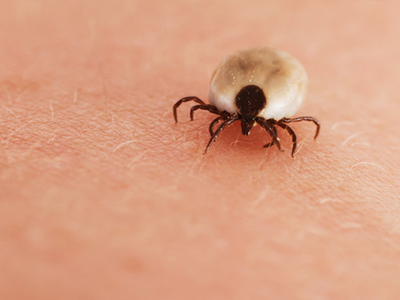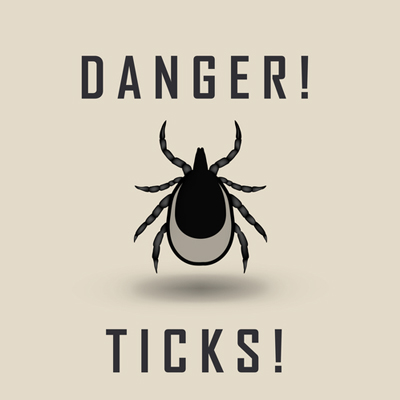After A Being Bitten By a Tick.
What to do and steps to prevent Lyme disease.
Ticks are eight-legged and relatives of the spider. The deer tick, also known as the blacklegged tick is commonly associated with Lyme disease. Did you know that some ticks are capable of transmitting infections? The risk of developing infections depends on the type of tick, season, and geographic location. For Lyme disease, this depends on how long the tick was attached to the skin.
The risk of acquiring a tick-borne infection is quite low. Ticks transmit infection only after they have attached and then taken a blood meal from their new host. A tick that has not attached has not passed any infection. If a person is bitten by a type of tick that carries Lyme disease (deer tick), a healthcare provider will likely advise one of two approaches.
- Observe and treat if signs or symptoms of infection develop
- Treat with a preventive antibiotic immediately
Before seeking medical attention, the affected person should carefully remove the tick and make note of its appearance.
Here are some guidelines on how to remove a tick:
- Use fine tweezers to grasp the tick as close to the skin surface as possible.
- Do not jerk or twist. Pull backwards gently but firmly, using an even, steady pressure.
- Do not crush, squeeze, or puncture the body of the tick.
- Wash the skin and hands thoroughly with soap and water after removing the tick.
- Any of the mouth parts of the tick that may remain in the skin will be expelled on their own. Skin trauma may result if an attempt is make to remove these parts.
After removal of the tick you may decide it it best to contact your healthcare provider or clinic to provide a description of the tick, along with any physical symptoms you are experiencing to decide upon a course of action.

